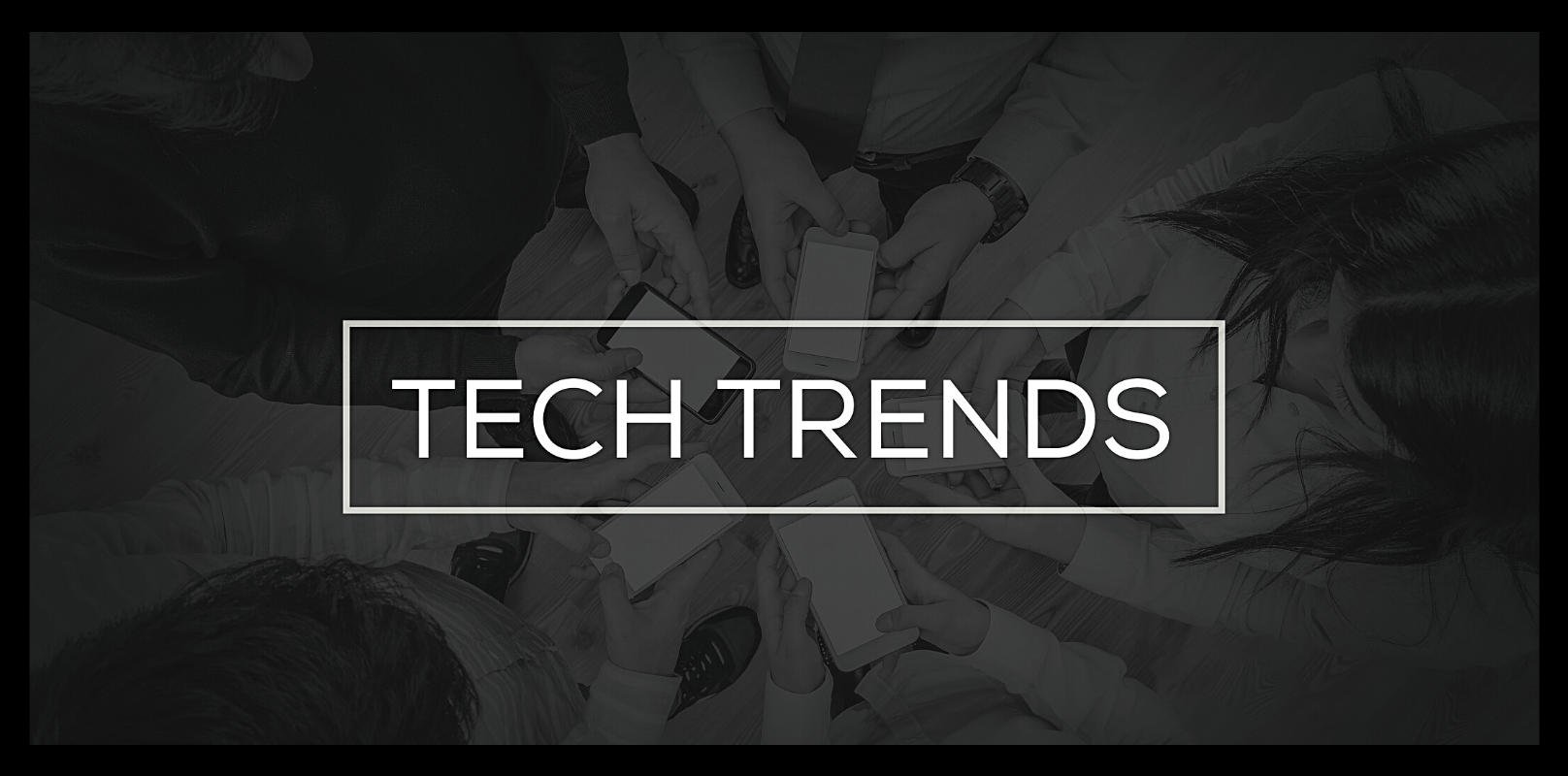Gartner’s Top 12 Strategic Tech Trends for 2022

Gartner, Inc.’s top 12 strategy technology trends for 2022 and beyond have been announced. These findings were presented by analysts at the Gartner IT Symposium/Xpo 2021 which was held virtually for a second year in a row.
David Goombridge, Garner Research Vice President, states that the future will focus on a return to the path toward growth, after 2020 and parts of 2021 were spent focusing on survival.
Survival required creative use of technology and so too will the path to growth. Here are Gartner’s strategic technology trends for 2022.
Hyperautomation
One of the key ingredients for digital transformation is Automation. Hyperautomation suggests a faster path to vetting, identifying, and automating processes across the enterprise. Gartner states that areas to focus on as to accomplish this include accelerating business processes, fostering agility in decision making and improving work quality.
Automation is a critical ingredient for digital transformation.
Generative Artificial Intelligence (AI)
According to Gartner, there has been an increase in investment and interest in generative AI over the last twelve months. Generative AI references algorithms that allows for the use of existing content such as audio files, images, or text to create new content. Gartner predicts that in less than four years, generative AI will make up 10% of all data produced. At the time of writing it makes up less than 1%.
Some of the case examples offered included assisting organisations in finding candidates to fill talent shortfalls , identifying drug candidates more easily, and supporting software development more generally.
Data Fabric
Data fabric, as defined by Gartner, is a design concept that serves as an integrated layer of data and connecting processes. This encourages flexible and resilient integration of data across business platforms and users. One of the effects is that it can dramatically reduce data management efforts while substantially improving time to value.
AI Engineering
There have been mixed results in terms of staying power and lasting value from AI investments across many organisations. One of the issues is that some businesses deploy an AI model once and expect that value will increase in perpetuity. Gartner states that continuous efforts and model evolution must be driven to gain more from these investments. Groombridge also noted that AI engineering adoption should lead to three times more value for AI efforts.
Autonomic Systems
Even though it is early days in terms of autonomic systems, the next five years should yield increased value from it. David Groombridge noted, “Autonomic systems with in-built self-learning can dynamically optimize performance, protect [companies] in hostile environments, and make sure that they’re constantly dealing with new challenges.” This trend anticipates greater levels of self-management of software.
Decision Intelligence (DI)
Decision intelligence intends to model decisions in a repeatable way to make them more efficient and to accelerate the speed to value. It anticipates doing so through automation that bolsters human intelligence. Gartner predicts that in the coming two years a third of large enterprises will use Decision Intelligence for more structured and ultimately better decision making.
Composable applications
The idea of composable applications emphasises that functional blocks of an application can be decoupled from the over applications. The component parts can then be more finely tuned to create a whole new application that is of greater value than its monolithic predecessor. According to Gartner, companies that leverage composable applications can outperform their competition by 80% regarding new feature implementation.
Cloud-native platforms (CNPs)
According to Gartner, cloud-native platforms which leverage cloud technology’s essence to offer IT-related capabilities as a service for technologies will end up providing the foundation for most new digital initiatives by the middle of the decade.
Privacy-enhancing computation (PEC)
Throughout the entire business landscape, privacy has become an increasingly important concern and priority. Privacy-enhancing computation can protect a company’s and its customers data. Gartner states that this could be a pathway to maintaining customer loyalty by reducing privacy-related issues and cybersecurity events. It believes that around 60% of large enterprises will leverage these practices by the middle of the decade.
Cybersecurity mesh
Cybersecurity mesh is a form of architecture which enables an integrated approach to security IT assets no matter where they are. It provides a more homogenous and responsive approach to cybersecurity by redefining the perimeters of cybersecurity to the identity of a person or a thing. According to Gartner this is a pathway to diminishing the financial effects of cyber incident by 90% in less than two years.
Distributed enterprise
Gartner is an adept of the hybrid working approach. It believe that those businesses that will enable it fully will achieve 25% faster revenue growth than peer companies who do not. Due to the way this model works, it allows for workers to be spread out geographically, something which opens up a whole new world in terms of talent acquisition.
Total experience (TX)
With the advent of the pandemic, an evolution, or even a revolution in some cases was seen in terms of employee and customer experience. This was particularly visible when it came to the digital versions of each. Enterprises should see better outcomes if each is managed effectively. Gartner suggests that natural silos relative to innovating around employee, customer, and user experiences must be broken down so that a more holistic approach might be achieved.
